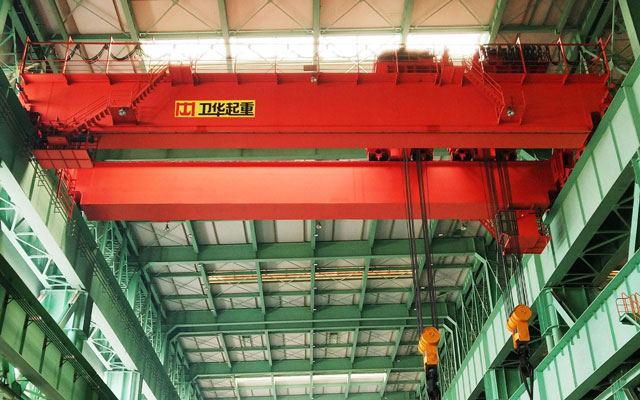
Bridge cranes are the backbone of countless factories, pakhuise, skeepswerwe, and construction sites. These powerful machines effortlessly lift and transport massive loads, streamlining operations and boosting productivity. But have you ever stopped to wonder what makes up this engineering marvel? Understanding the key bridge crane components is essential for operators, maintenance personnel, and anyone involved in specifying or managing material handling systems. Let’s break down the anatomy of a typical top-running bridge crane.
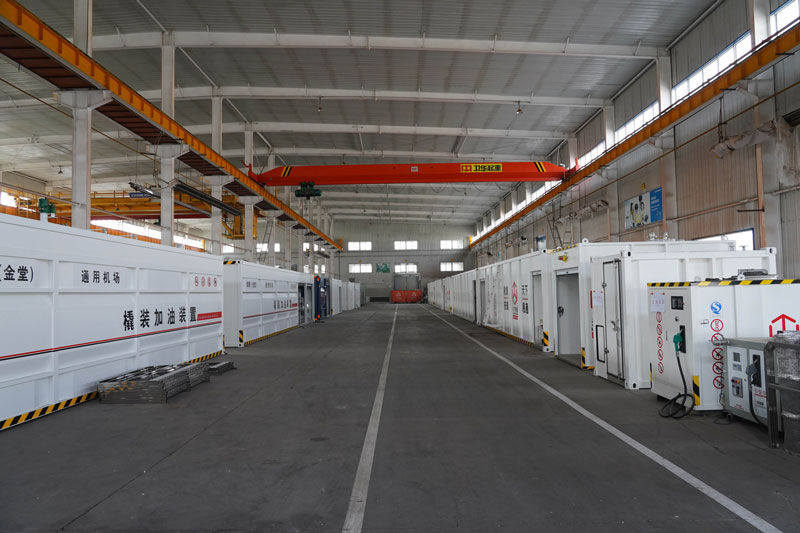
1. Runway System: This is the crane’s foundation. It consists of:
2. Bridge Girder(s): This is the primary horizontal beam that spans the width of the bay, moving perpendicular to the runway. It travels on the runway rails.
3. Einde vragmotors: Located at each end of the bridge girder(s), these assemblies house the wheels, bearings, and drive motors that propel the entire bridge structure back and forth along the runway rails. Each end truck typically has at least one powered (driven) wheel and one or more idler wheels.

The Lifting and Traversing Mechanism: Hoist and Trolley
Hyskraan: The powerhouse responsible for lifting and lowering the load. Key sub-components include:
Hoist Motor: Provides the lifting/lowering power.
Hoist Drum or Chain Sheaves: The drum winds/unwinds the wire rope; sheaves guide the load chain.
Wire Rope or Load Chain: Connects the hoist to the hook block, transmitting the lifting force.
Brakes: Critical safety components that hold the load and control descent (mechanical and sometimes regenerative).
Kraan ratkas: Reduces motor speed and increases torque for lifting heavy loads.
Crane Hook And Block: The assembly holding the lifting hook(s), equipped with swivels and safety latches.
Trollie: The unit that carries the hoist and moves it horizontally across the bridge girder(s).
Trolley Frame: Supports the hoist and houses the trolley drive components.
Trolley Wheels: Ride on rails attached to the bridge girder(s) (bottom flange for single girder, top flange for double girder).
Trolley Drive Motor: Powers the movement of the trolley along the bridge.
Trolley Bumpers: Absorb impact at the ends of the bridge travel.
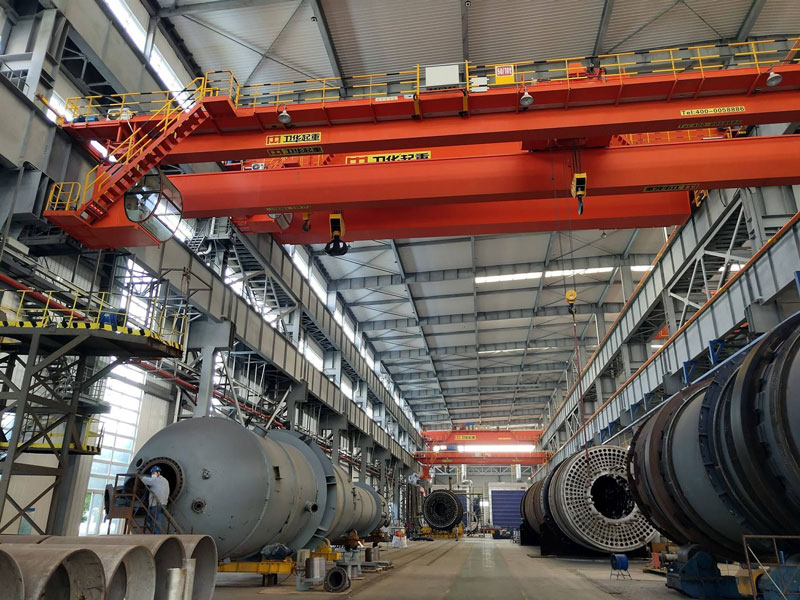
Control and Power Delivery
Crane Controls: The interface for the operator. Common types:
Pendant Station: A suspended push-button control unit operated via a cable.
Radio Remote Control: Wireless operation offering greater freedom and visibility.
Cab Operated: An operator sits in a cab mounted on the bridge or trolley.
Power Feed System: Delivers electricity to the crane components. Options include:
Festoon Systems: Cables carried on a trolley that rolls along a track parallel to the runway.
Cable Reels: Drums that wind/unwind cable as the bridge moves.
Conductor Bar Systems (Bus Bars): Rigid insulated bars mounted along the runway, with collector shoes on the crane drawing power.
1. Bumpers (Buffers): Installed on the end trucks and at the ends of the runway to absorb kinetic energy and prevent damaging impacts.
2. Beperk skakelaars: Crucial safety devices that automatically cut power to travel motions (bridge, trollie, hyskraan) when they reach their designated maximum limits, preventing over-travel and collisions.
3. Anemometer & Wind Alarms: For outdoor cranes, these monitor wind speed and warn or disable operation in unsafe conditions.
4. Warning Devices: Lights and horns/sirens to alert personnel when the crane is moving.
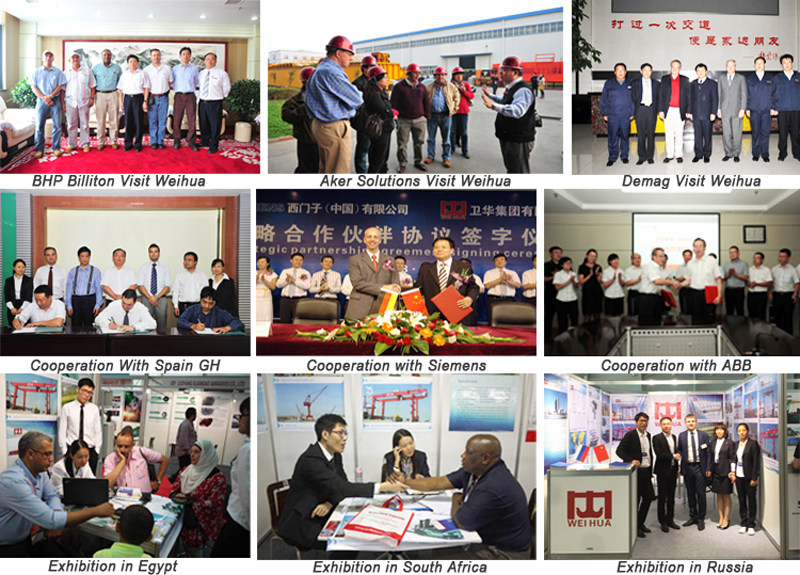
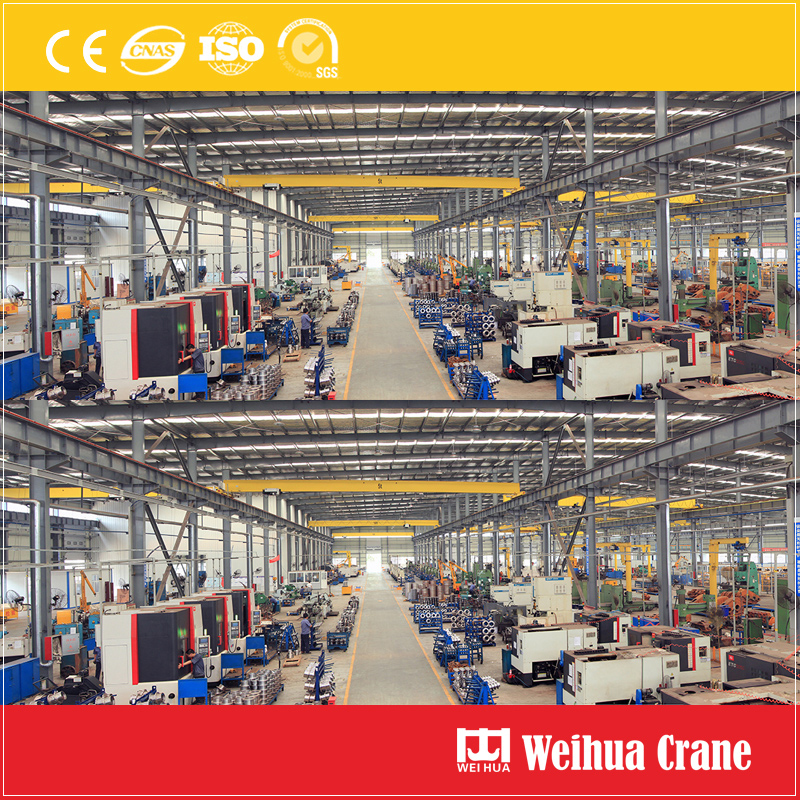
The magic of a bridge crane lies in the coordinated movement of these bridge crane components:
This three-dimensional movement allows precise positioning of loads anywhere within the crane’s rectangular operating area (the bay).
Knowing the function of each major bridge crane component promotes safer operation, more efficient maintenance planning, better troubleshooting, and informed decision-making when selecting or upgrading crane systems. Whether you’re an operator, technician, or manager, this knowledge empowers you to harness the full potential of these indispensable industrial workhorses.
Looking for a brugkraan solution? Ensure your supplier clearly explains the specifications and quality of each critical component for your specific application!
Los u opmerking hier